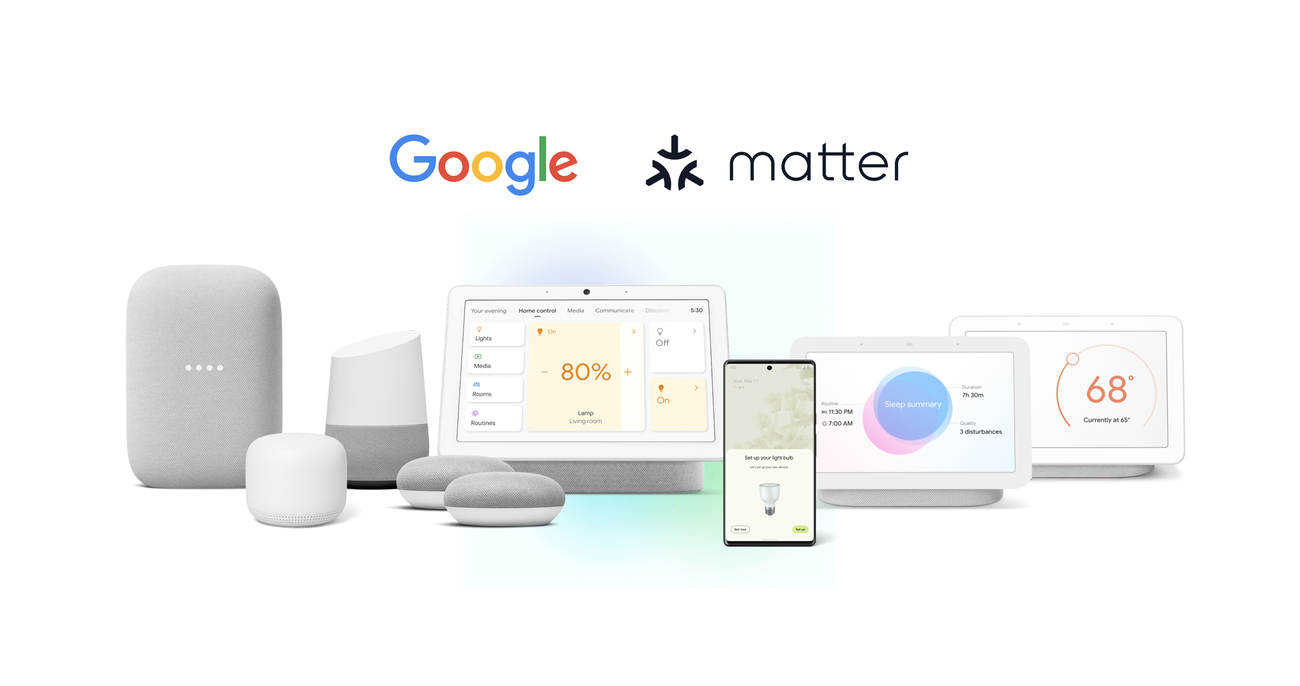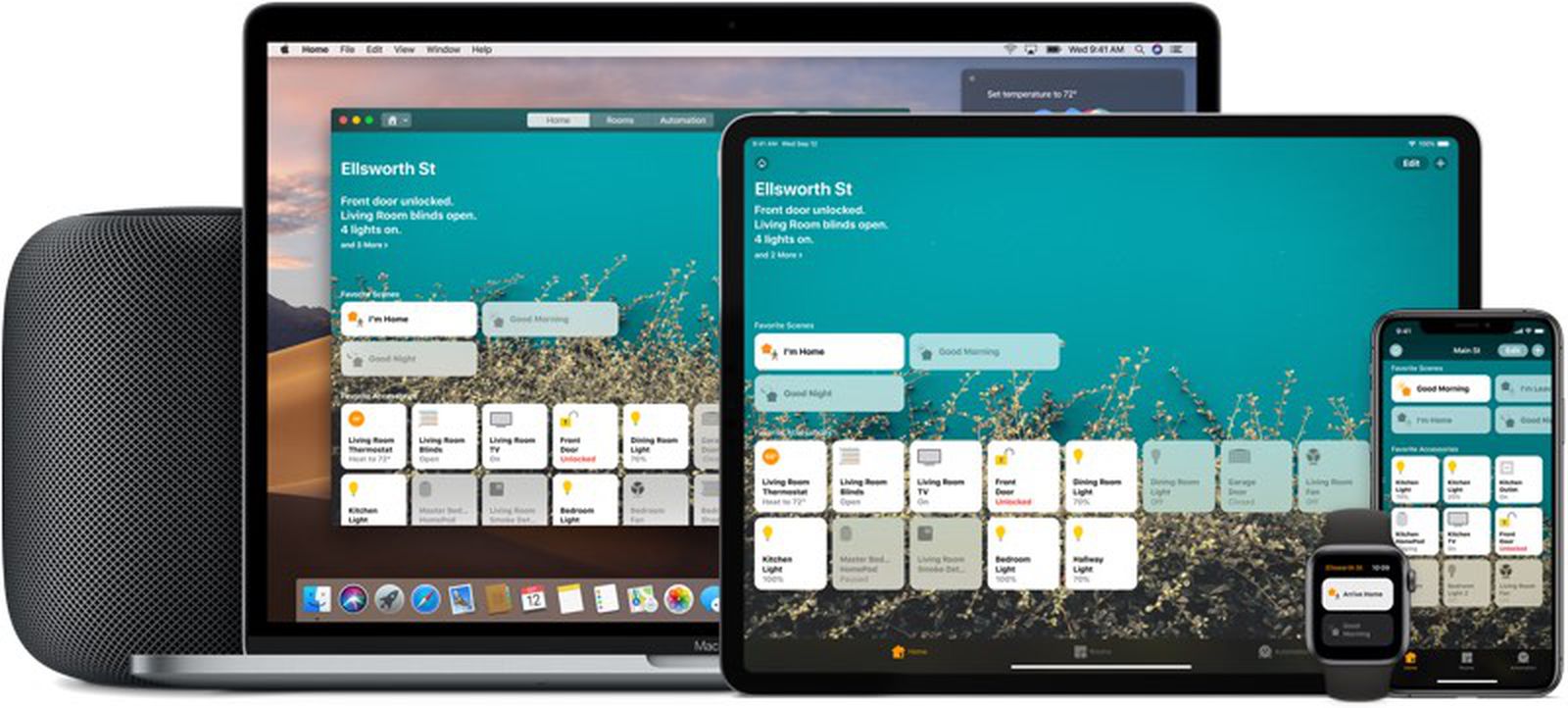Introduction:
The smart home revolution is in full swing, with tech giants Google and Apple leading the charge. As consumers, we’re faced with a crucial decision: should we build our smart home around Google’s Nest ecosystem or Apple’s HomeKit? This comprehensive guide will delve into the strengths and weaknesses of each platform, examining device compatibility, ease of use, voice assistant integration, and overall ecosystem cohesion. By the end, you’ll have a clear understanding of which smart home ecosystem best suits your needs in 2024.
Device Compatibility: The Foundation of Your Smart Home
Google Nest Ecosystem:
Google’s Nest ecosystem boasts an impressive array of compatible devices. From thermostats and security cameras to doorbells and smoke detectors, Nest offers a wide range of first-party products. But where Nest truly shines is in its third-party support.

Key points:
- Extensive third-party support with thousands of compatible devices
- Works with popular brands like Philips Hue, August, Schlage, and more
- Compatible with both Android and iOS devices
- Supports Matter, the new smart home standard for improved interoperability
Apple HomeKit Ecosystem:
Apple’s HomeKit takes a more curated approach to device compatibility. While the selection may be smaller, Apple emphasizes quality and security.

Key points:
- Stricter certification process ensures high-quality, secure devices
- Growing number of compatible devices, including lights, locks, cameras, and more
- Works seamlessly with Apple devices but limited Android support
- Also supports Matter for improved cross-platform compatibility
Winner: Google Nest
While Apple HomeKit has made significant strides in expanding its compatible device lineup, Google Nest still offers a broader range of options. This flexibility allows users to build a more comprehensive smart home system without being limited to specific brands.
Ease of Use: Setting Up and Managing Your Smart Home
Google Nest Ecosystem:
Google has put considerable effort into making its Nest ecosystem user-friendly, even for those who aren’t tech-savvy.
Key features:
- Simple setup process through the Google Home app
- Intuitive interface for device management and automation
- Easy to create routines and schedules
- Quick pairing with compatible devices
Apple HomeKit Ecosystem:
Apple is known for its user-friendly interfaces, and HomeKit is no exception. The system is designed to be simple and intuitive, leveraging Apple’s expertise in user experience design.
Key features:
- Seamless setup process, especially for Apple device users
- Clean, straightforward interface in the Home app
- Easy to create scenes and automations
- Secure pairing process with HomeKit-enabled devices
Winner: Tie
Both Google Nest and Apple HomeKit offer user-friendly experiences. Google’s system might be slightly more accessible for those who aren’t fully invested in the Apple ecosystem, while HomeKit provides a more seamless experience for Apple users. The choice here largely depends on your existing device preferences.
Voice Assistant Integration: The Power of Voice Control
Google Nest Ecosystem:
At the heart of the Google Nest ecosystem is the Google Assistant, widely regarded as one of the most capable voice assistants on the market.
Key features:
- Natural language processing for more conversational interactions
- Ability to understand context and follow-up questions
- Extensive integration with Google services (Calendar, Maps, Search, etc.)
- Supports multiple users with voice recognition
Apple HomeKit Ecosystem:
Apple’s Siri is the voice assistant powering HomeKit. While it may not be as versatile as Google Assistant in some areas, it offers tight integration with Apple’s ecosystem.

Key features:
- Seamless integration with Apple devices and services
- Strong focus on privacy and security
- Supports multiple users with voice recognition
- Continual improvements in natural language understanding
Winner: Google Nest
While Siri has made significant improvements, Google Assistant still edges out the competition in terms of overall capabilities and natural language processing. Its ability to understand context and handle complex queries gives it an advantage in controlling a smart home.
Ecosystem Cohesion: Creating a Seamless Smart Home Experience
Google Nest Ecosystem:
Google’s strength lies in its ability to create a cohesive ecosystem that extends beyond just smart home devices.
Key aspects:
- Integration with Android smartphones for on-the-go control
- Chromecast built-in for easy media streaming
- Works with Google’s suite of services (Gmail, Google Calendar, etc.)
- Cross-device notifications and alerts
Apple HomeKit Ecosystem:
Apple’s ecosystem is known for its “walled garden” approach, which, while more restrictive, can provide a more integrated experience for Apple users.
Key aspects:
- Seamless integration with iOS, iPadOS, and macOS devices
- AirPlay for easy media streaming
- Works with Apple’s suite of services (iCloud, Apple TV, etc.)
- End-to-end encryption for enhanced security
Winner: Depends on existing ecosystem
If you’re already invested in Apple’s ecosystem, HomeKit will provide a more seamless experience. However, if you use a mix of devices or prefer Android, Google Nest offers more flexibility and broader integration options.
Privacy and Security: Protecting Your Smart Home Data
Google Nest Ecosystem:
Google has faced scrutiny over its data collection practices but has made efforts to improve transparency and user control.
Key points:
- Offers privacy controls through Google Account settings
- Supports two-factor authentication
- Regular security updates for Nest devices
- Option to delete voice recordings and activity history
Apple HomeKit Ecosystem:
Apple has made privacy a cornerstone of its brand identity, and this extends to its HomeKit ecosystem.
Key points:
- End-to-end encryption for all HomeKit data
- Strict certification process for HomeKit-enabled devices
- Local processing for many tasks, reducing data sent to the cloud
- Regular security updates for all Apple devices
Winner: Apple HomeKit
While both companies take security seriously, Apple’s more stringent approach to privacy and local processing gives it an edge in this category.
Cost Considerations: Building Your Smart Home on a Budget
Google Nest Ecosystem:
Google offers a range of devices at various price points, making it possible to start small and expand over time.
Cost factors:
- Mix of affordable and premium device options
- No subscription required for basic functionality
- Some advanced features may require Nest Aware subscription
Apple HomeKit Ecosystem:
Apple products are generally associated with higher prices, but the HomeKit ecosystem includes devices from various manufacturers at different price points.
Cost factors:
- Apple-branded devices tend to be more expensive
- No subscription required for core functionality
- Some third-party devices may be more affordable
Winner: Google Nest
Google Nest generally offers more flexibility in terms of pricing, with a wider range of affordable options to get started with smart home technology.
Future-Proofing: Preparing for the Evolution of Smart Home Technology
Google Nest Ecosystem:
Google has shown a commitment to evolving its smart home offerings and adapting to new technologies.
Future-oriented features:
- Support for Matter standard ensures long-term compatibility
- Regular software updates and new feature rollouts
- Strong focus on AI and machine learning advancements
Apple HomeKit Ecosystem:
Apple’s approach to future-proofing focuses on creating a stable, secure platform that can adapt to new technologies.
Future-oriented features:
- Also supports Matter standard for improved interoperability
- Consistent software updates across Apple devices
- Integration with emerging Apple technologies (e.g., Ultra Wideband)
Winner: Tie
Both Google and Apple are well-positioned to adapt to future smart home technologies, with support for Matter being a significant factor in ensuring long-term viability.
Conclusion: Making the Right Choice for Your Smart Home
Choosing between Google Nest and Apple HomeKit ultimately comes down to your individual needs, preferences, and existing technology ecosystem. Here’s a quick summary to help you decide:
Choose Google Nest if:
- You want the widest range of compatible devices
- You prefer Google Assistant’s capabilities
- You use a mix of Android and iOS devices
- You’re looking for more affordable entry points into smart home tech
Choose Apple HomeKit if:
- Privacy and security are your top priorities
- You’re already invested in the Apple ecosystem
- You prefer Siri as your voice assistant
- You value a more curated selection of high-quality devices
Comparison Table
| Feature | Google Nest | Apple HomeKit |
|---|---|---|
| Device Compatibility | – Extensive third-party support – Thousands of compatible devices – Works with popular brands – Compatible with Android and iOS – Supports Matter | – Stricter certification process – Growing number of compatible devices – Works seamlessly with Apple devices – Limited Android support – Supports Matter |
| Ease of Use | – Simple setup through Google Home app – Intuitive interface – Easy to create routines and schedules | – Seamless setup for Apple users – Clean interface in Home app – Easy to create scenes and automations |
| Voice Assistant | Google Assistant: – Natural language processing – Understands context and follow-up questions – Extensive integration with Google services | Siri: – Seamless integration with Apple devices – Strong focus on privacy – Continual improvements in natural language understanding |
| Ecosystem Cohesion | – Integration with Android smartphones – Chromecast built-in – Works with Google’s suite of services – Cross-device notifications | – Seamless integration with iOS, iPadOS, macOS – AirPlay for media streaming – Works with Apple’s suite of services – End-to-end encryption |
| Privacy and Security | – Privacy controls through Google Account – Two-factor authentication – Option to delete voice recordings | – End-to-end encryption for all HomeKit data – Strict device certification process – Local processing for many tasks |
| Cost | – Mix of affordable and premium options – No subscription for basic functionality – Some features require Nest Aware subscription | – Apple-branded devices tend to be more expensive – No subscription required for core functionality – Some third-party devices may be more affordable |
| Future-Proofing | – Supports Matter standard – Regular software updates – Focus on AI and machine learning | – Supports Matter standard – Consistent software updates – Integration with emerging Apple technologies |
This table provides a side-by-side comparison of Google Nest and Apple HomeKit across the main features discussed in the article, making it easier for readers to see the strengths and differences of each ecosystem at a glance.
Ultimately, both Google Nest and Apple HomeKit offer robust platforms for building a smart home. As the smart home market continues to evolve, with initiatives like Matter promising greater interoperability, the gap between these ecosystems may narrow. For now, consider starting with the ecosystem that aligns best with your current devices and needs, knowing that future compatibility is likely to improve across the board.







